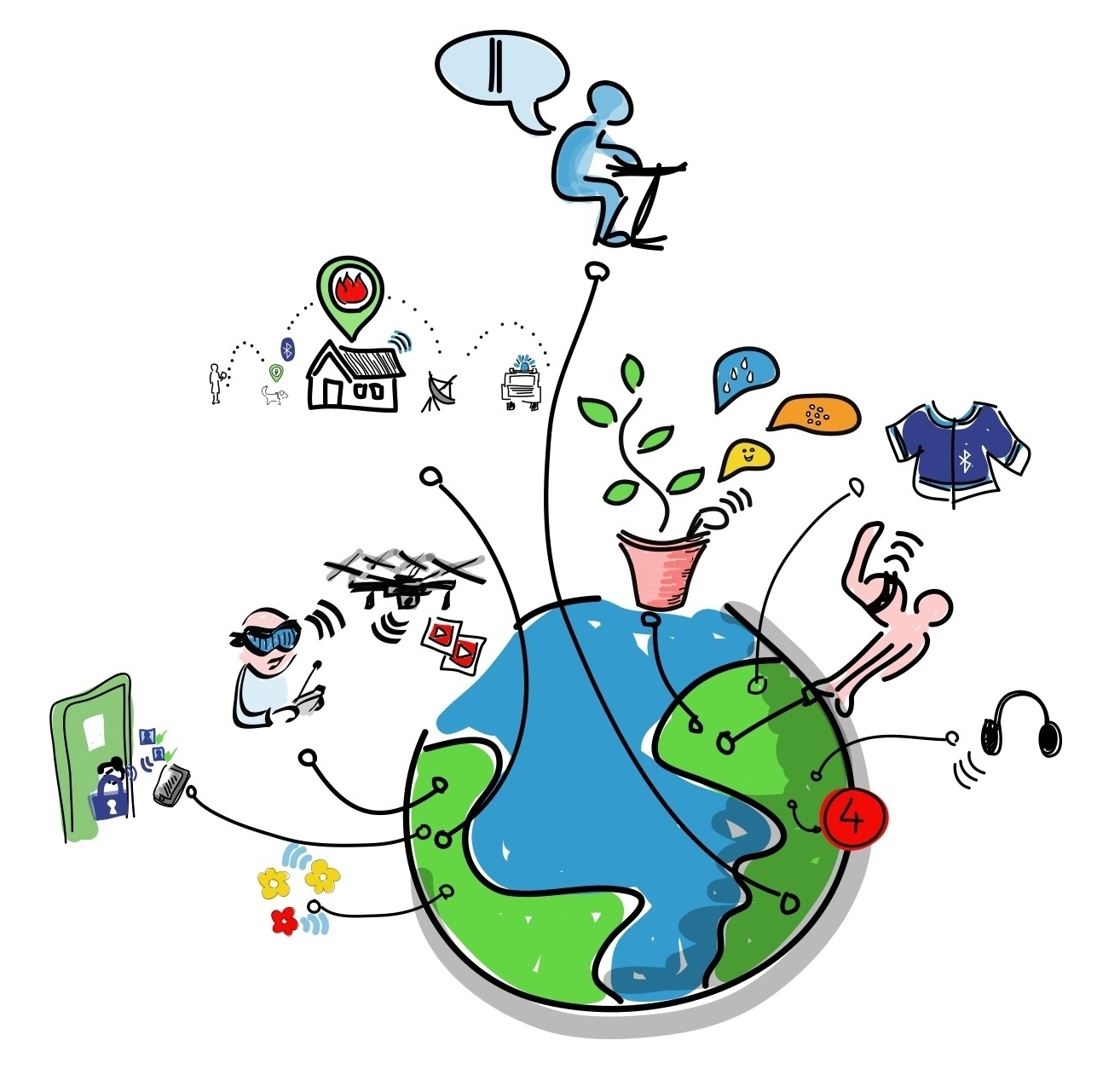ICT student textbook/How is a computer different from a fridge
Jump to navigation
Jump to search
How is a computer different from a fridge
Objectives
- A computer can do many things; unlike many other electronic appliances
- A computer can connect to other computers
- A computer has many features - to read text, to see image, to hear an audio, to play a video, to connect to another computer
- An operating system is unique to a computer which brings together many such features and make the computer work
- An introduction to Ubuntu/ GNU Linux - Operating System
What prior skills are assumed
- Academic levels as per class level; no specific ICT skills
Resources needed
Hardware, software, Files
- Computer installed with Ubuntu Operating System
- Projection Equipment
- Access to internet
- Pictures,Images, Songs, Videos, Web pages
 |
 |
Digital skills
- Interacting with the ICT environment
- Understanding the role of an Operating system
- Understanding the difference between operating system and application software
- An idea of the internet
Description of activity with detailed steps
Teacher-led component
- Students in small groups can make a of list all the items a washing machine does and a list of all the things they think a computer can do.
- Compile all these in a digital mindmap using a concept mapping tool and encourage students to classify the application. (Click here for learning Freemind.
- Show an image(s) of an ICT environment and introduce them to what an operating system does
- In small groups allow the students to switch on a computer and identify the parts they know
- Open a file folder and show the following:
- An image
- Play a song
- Picture story book
- Geogebra animation
- Mindmap of the discussion the class had
- Web pages (live)
Student activities
- Ask the students to compare a mobile phone and the computer and they need to document this as a mind map
Portfolio
- Collect student created mindmaps and digitize it with a camera and add it to their growing portfolio
More information
For more information click Teacher handbook - Basic digital literacy
